THE BARBELL DEADLIFT IS undisputedly one of the most consequential exercises in the strength training world. The heavy compound lift can be one of the best moves in your arsenal for building muscle and strength, and you need just about every muscle group to work together if you’re going to be successful with a big time pull. You’ll really home in on your posterior chain and develop all-important hip hinge mechanics, making the deadlift a massively important movement for the big muscles on the backside of your body like the glutes and hamstrings. You’ll also move more weight than in just about any other exercise. In some circles, the exercise in known as “the king of all lifts.”
As important as the barbell deadlift can be for many lifters, not all trainees will be well-suited to do the standard variation of the exercise. That’s not their fault. There are lots of factors that might make a movement that is particularly effective for one exerciser a problem for another.
While the standard barbell deadlift seems simple—you pick the bar off the floor, you put it back down again—there are important subtleties to be aware of before attempting to go heavy, and using solid form is extra-important to stay healthy.
Why the Standard Barbell Deadlift Might Not Work for Everyone
The key here is the implement, the straight barbell itself. Trainees put their hands in a fixed position, with the load placed in front of their body, which is not the most natural way to pick something up from the ground.
Due to this, the standard barbell deadlift might present difficulty for people who have longer legs, and can be especially tough on those with low back issues. Other limiting physical factors include hip width and spinal thickness. Once you add heavy weights to the equation—which is one of the major goals for most guys who want to add standard barbell deadlifts to their workout plan—any anatomical disadvantage becomes even more glaringly obvious, and the potential for failure (or worse, injury) grows.
Some experts, like exercise physiologist Dean Somerset, C.S.C.S., even estimate that up to 10 to 20 percent of the population will struggle with the “essential” exercise. So if you’re one of those guys, what is there to do? No need to perform deadlifts. You can turn to other exercises—like those below—to address some of the key components of the standard barbell deadlift.
The Barbell Deadlift Alternative Exercises
Trap Bar Deadlift
Why It Works: For lots of lifters, the position of the load is the biggest problem with standard barbell deadlifts. Switch your implement and shift the weight to your sides for a more natural way to hone that hinge. Best of all, you’ll still be able to work with heavy duty weight.
How to Do It:
- Position yourself inside the trap bar, with your shins aligned with (or just in front of) the center of the bar.
- Push your butt back, bend your knees, and reach down to grip the handles. Grip as tightly as possible.
- Keep your head in a neutral position, squeeze your shoulder blades to create tension, and turn the pits of your elbows forward.
- Push your feet through the floor to stand straight up, squeezing your glutes at the top.
- To finish the rep, push your butt back as far as you can, then bend your knees to set the weight down.
Dumbbell Romanian Deadlift
Why It Works: This deadlift variation might be the friendliest option for beginners and guys with limited range of motion issues. You won’t be able to go as heavy since you’re using dumbbells, but you’ll be able to hone your hip-hinge more safely.
How to Do It:
- Standing with your feet about shoulder-width apart, grab a pair of dumbbells from a bench or box.
- Keep the dumbbells close to your sides, with your shoulders back, your core tight, and glutes squeezed.
- Push your butt back as far as possible as you begin lowering your torso. Think about taking two seconds with the lowering phase.
- Keep the dumbbells close to your shins; don’t let them hang too far forward.
- Pause at the bottom, then stand back up, slightly quicker than the lowering phase.
Barbell Rack Pull
Why It Works: You’re mimicking the mechanics of deadlifting from the floor but eliminating the first part of the movement—the part that’s typically most problematic.
How to Do It:
- Set up blocks or a power rack so the bar is at mid-shin to knee height (or higher).
- Bend at your hips and knees and grab the bar in an overhand grip, your arms just outside your legs.
- Now stand up, thrusting your hips forward as you pull the bar from the blocks or rack.
- Do 3 sets of 6 reps.
Farmer’s Walk
Why It Works: Farmer’s walks target your grip, upper back, and core without putting force on your lower back.
How to Do It:
- Grab a heavy dumbbell or kettlebell in each hand and walk slowly forward for 30 to 60 seconds. That’s 1 set; do 4.
Barbell Hip Thrust
Why It Works: The barbell hip thrust places a huge load on your glutes and hamstrings with less of the lower-back stress associated with a traditional deadlift.
How to Do It:
- Sit on the floor with your back against a bench and a heavy barbell across your hips. (Using a pad or towel can make it more comfortable.)
- Grip the bar, bend your knees, and plant your feet flat on the floor directly under your knees.
- Now thrust your hips up and squeeze your glutes as if you’re cracking walnuts between your butt cheeks.
- Slowly lower the bar back to the starting position.
- That’s 1 rep; do 3 sets of 8.
Single-Leg Dumbbell Romanian Deadlift
Why It Works: You’re challenging your posterior chain (lower back, glutes, hamstrings, calves) without using backbreaking weight.
How to Do It:
- Stand holding a heavy dumbbell in each hand and shift your weight to your left foot.
- Hinge forward on your left leg until the dumbbells come close to the floor, keeping your right leg in line with your torso and your right foot pointed toward the floor. Your back should stay straight throughout.
- Reverse the move and repeat.
- Do 4 sets of 10 reps; then switch legs and repeat.
Andrew Heffernan, CSCS is a health, fitness, and Feldenkrais coach, and an award-winning health and fitness writer. His writing has been featured in Men’s Health, Experience Life, Onnit.com, and Openfit, among other outlets. An omnivorous athlete, Andrew is black belt in karate, a devoted weight lifter, and a frequent high finisher in triathlon and Spartan races. He lives in Los Angeles with his wife and their two children.
Brett Williams, a fitness editor at Men’s Health, is a NASM-CPT certified trainer and former pro football player and tech reporter who splits his workout time between strength and conditioning training, martial arts, and running. You can find his work elsewhere at Mashable, Thrillist, and other outlets.


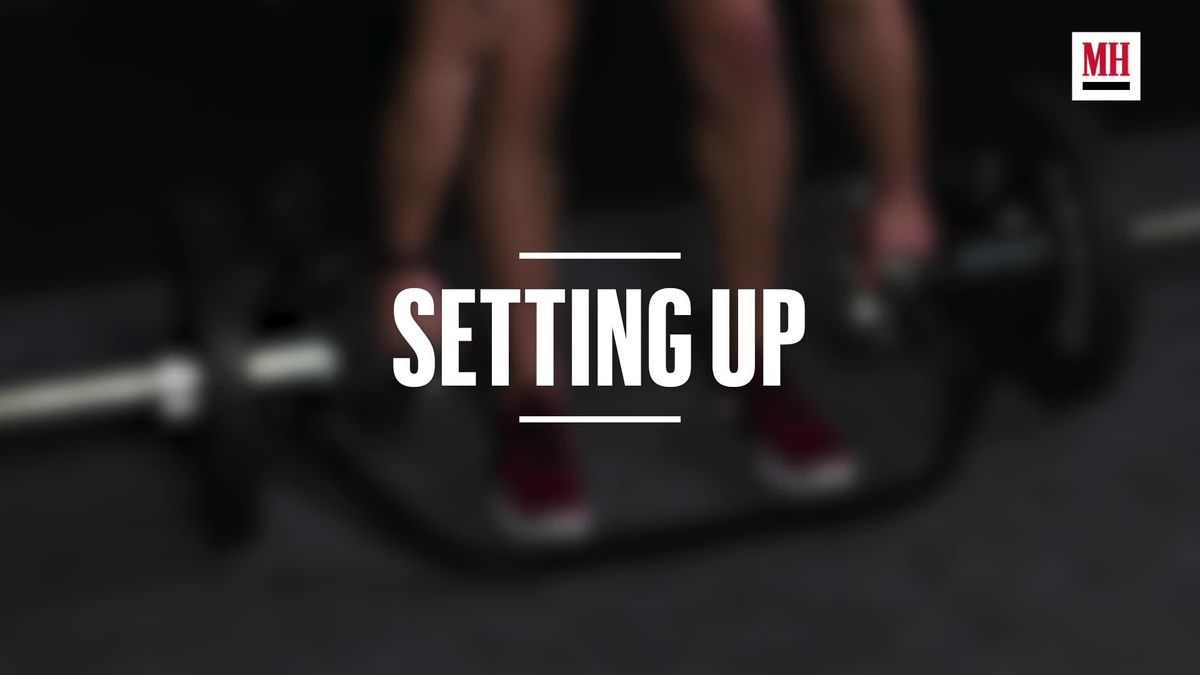
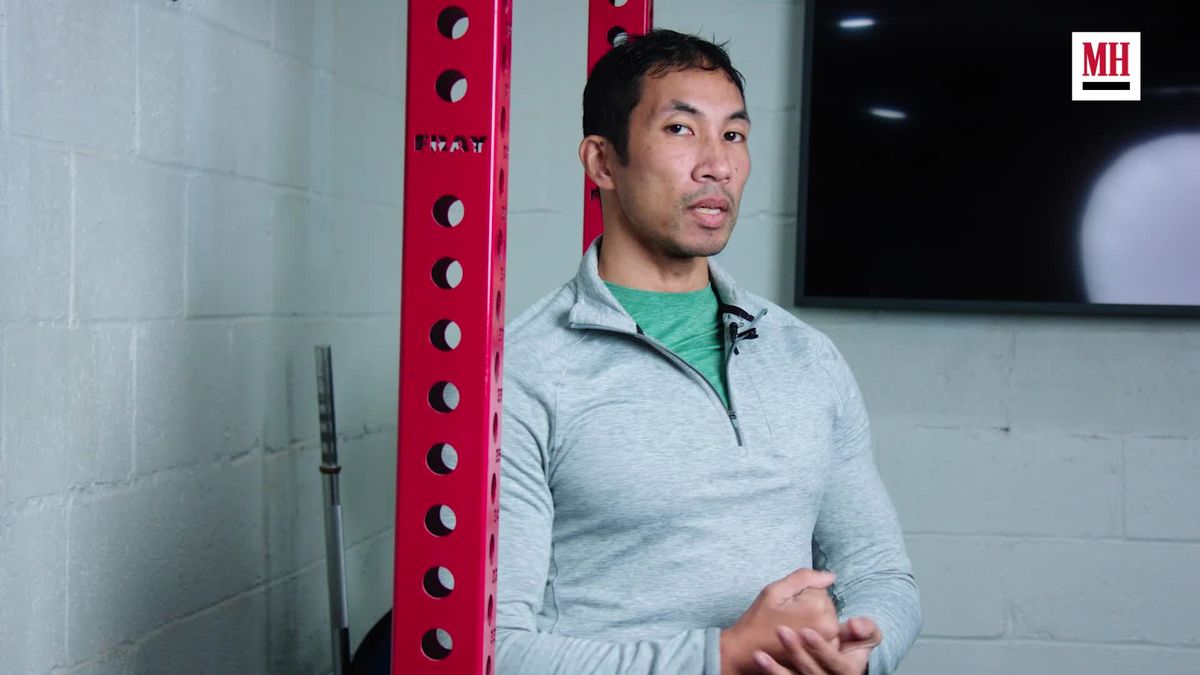
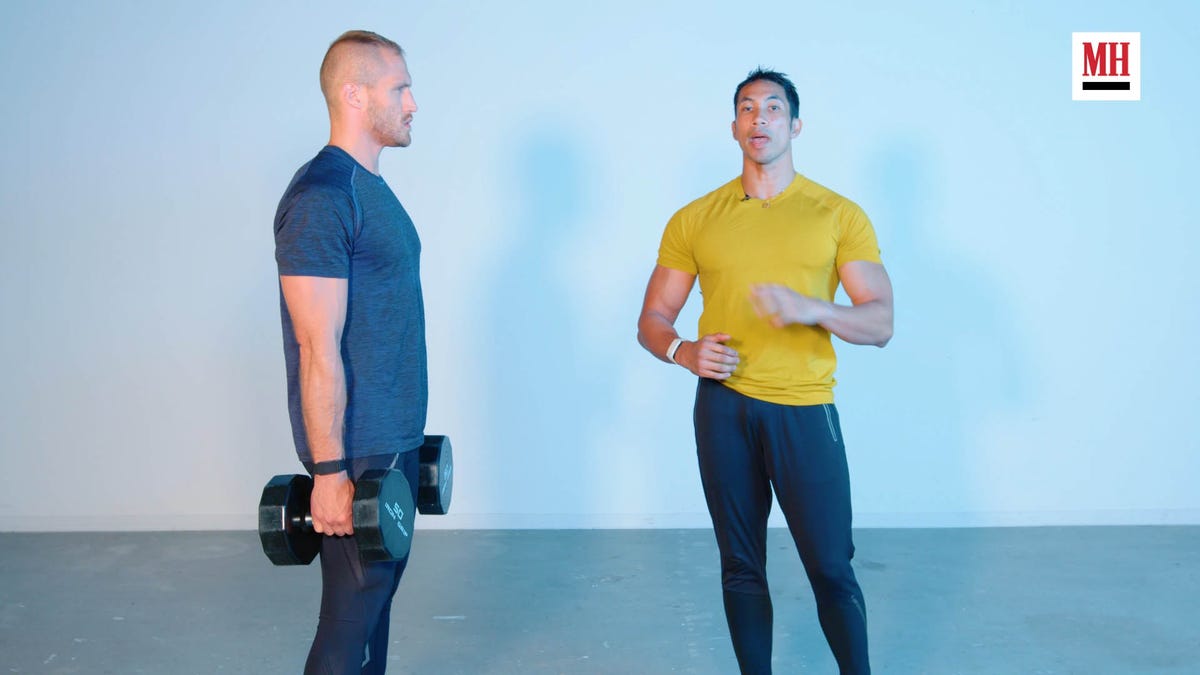
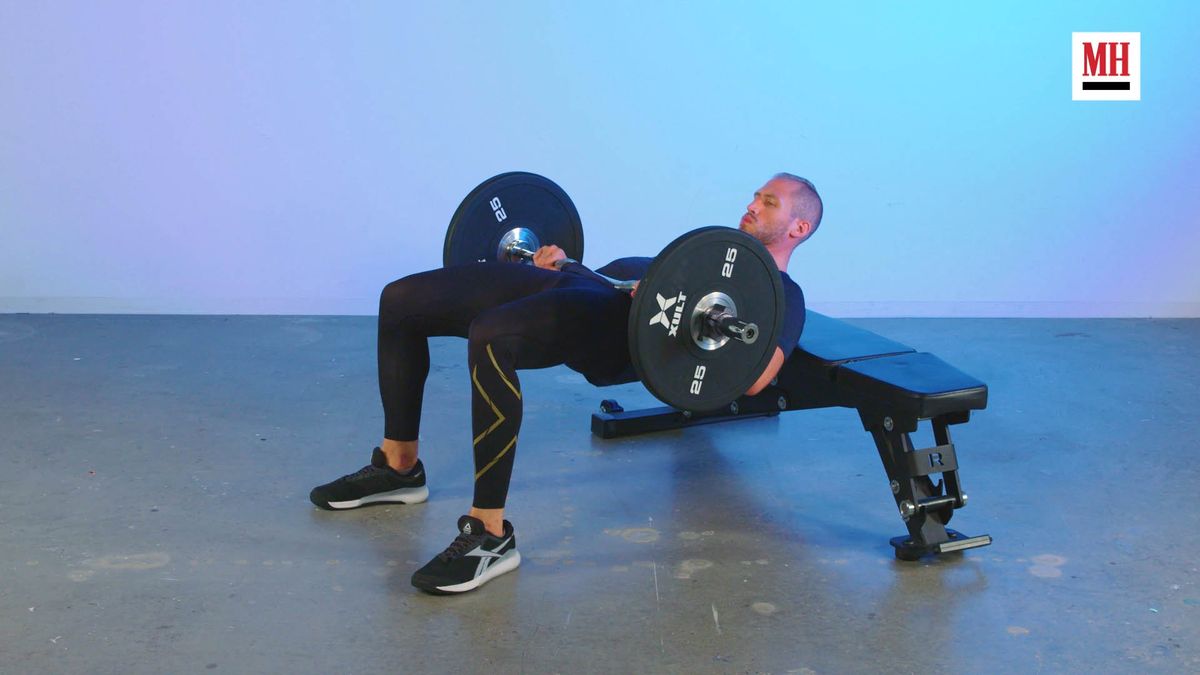
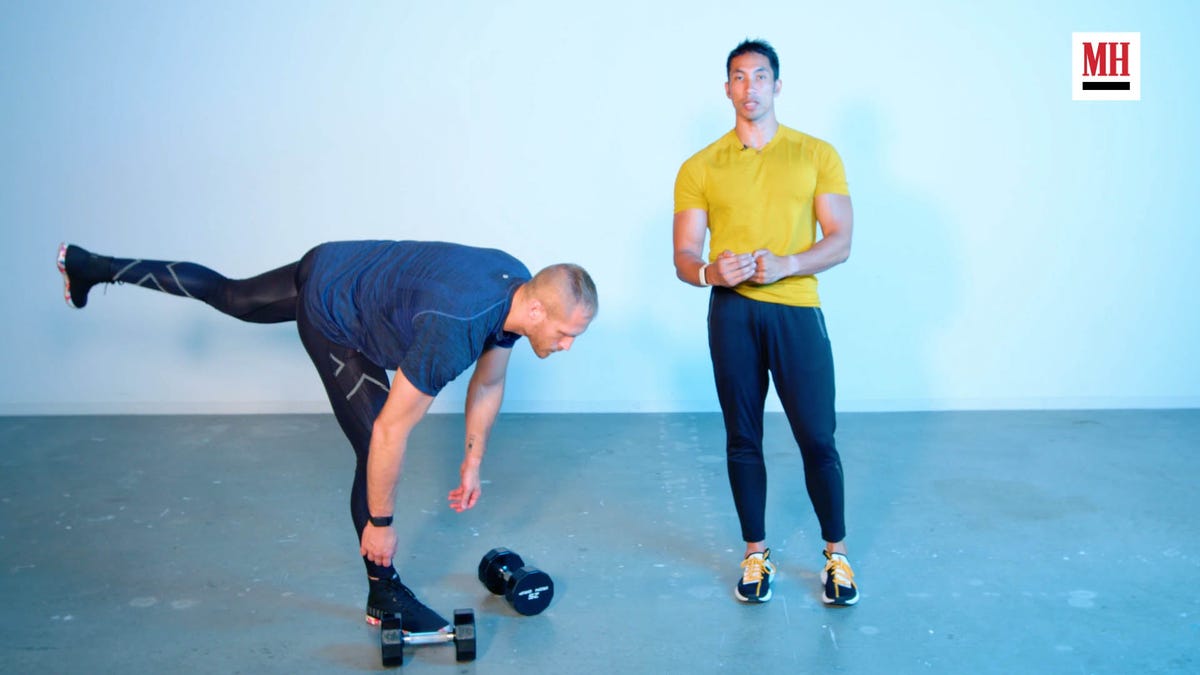
Comments are closed.